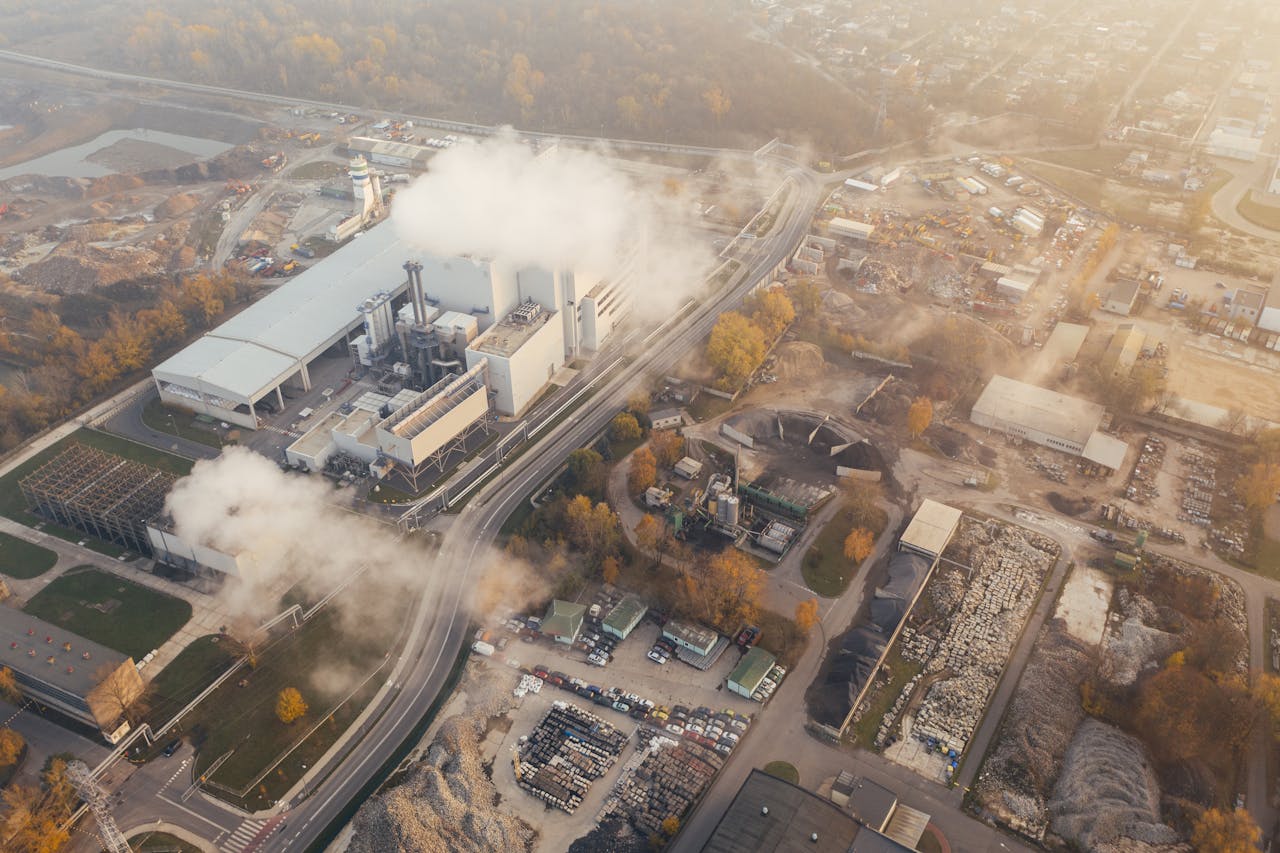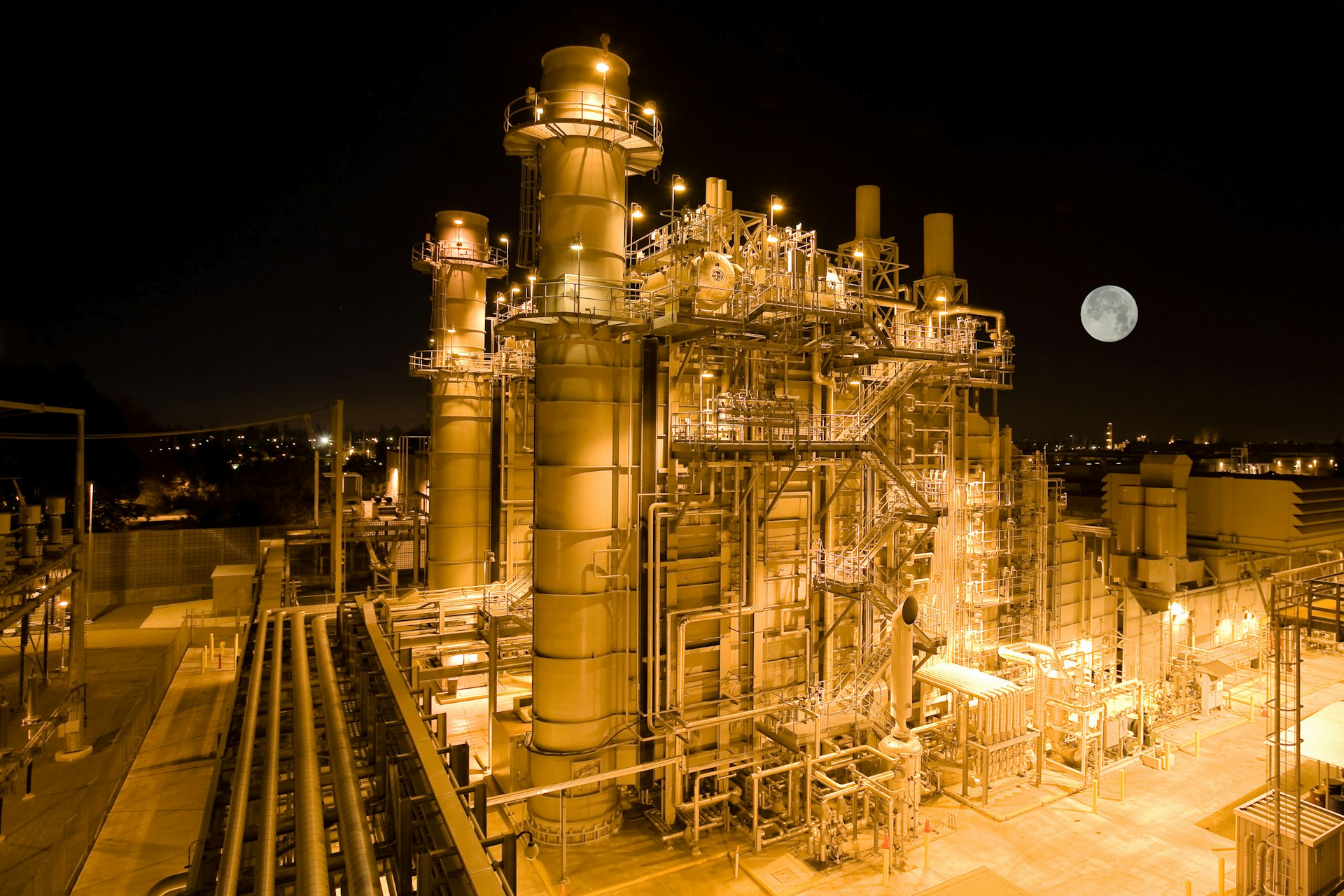In industrial settings where extreme temperatures, pressure fluctuations, and corrosive gases are the norm, flue duct expansion joints play a critical role in maintaining system integrity and performance.
These essential components absorb movement, reduce stress on ducting systems, and prevent premature wear and failure. For engineers, plant managers, and maintenance professionals, investing in high-quality expansion joints isn’t just a choice—it’s a necessity for operational efficiency and long-term cost savings.
Understanding Flue Duct Expansion Joints
At their core, flue duct expansion joints are designed to handle thermal expansion, mechanical vibration, and system misalignment. Without them, the constant expansion and contraction of metallic flue ducts could lead to structural damage, costly repairs, and unplanned downtime. Whether you’re working with a high-temperature exhaust system or a process ducting system, a properly designed expansion joint can significantly enhance performance and durability.
There are two primary types of flue duct expansion joints:
1. Fabric Expansion Joints
Fabric expansion joints are flexible, lightweight, and ideal for handling high temperatures and corrosive environments. They provide excellent movement capabilities and can accommodate both axial and lateral motion. Commonly found in power plants, refineries, and chemical processing facilities, these joints offer superior resistance to gas and particulate infiltration.
2. Metallic Expansion Joints
For applications requiring high-pressure resistance and durability, metallic expansion joints are the go-to solution. Made from stainless steel or other corrosion-resistant alloys, these joints are built to withstand extreme thermal cycling while maintaining system efficiency. They are frequently used in high-temperature ducting systems where longevity and structural integrity are paramount.
Applications of Flue Duct Expansion Joints
The versatility of flue duct expansion joints makes them indispensable across multiple industries. They are widely used in:
- Power Plants – To accommodate thermal expansion in exhaust gas systems.
- Cement & Steel Plants – To absorb vibration and prevent cracks in high-heat ducts.
- Refineries & Chemical Processing Plants – To handle corrosive gas flow and temperature variations.
- Pulp & Paper Mills – To manage duct movement and enhance operational efficiency.
- HVAC & Industrial Ventilation Systems – To maintain airflow efficiency and prevent ducting damage.
Choosing the Right Flue Duct Expansion Joint for Your System
Selecting the right flue duct expansion joint requires a deep understanding of system conditions, including temperature, pressure, movement requirements, and chemical exposure. Key factors to consider include:
- Material Compatibility: Ensure the joint material can withstand your system’s operating conditions. Fabric joints work well in high-heat, corrosive environments, while metallic expansion joints are best suited for high-pressure applications.
- Movement Capabilities: The joint should accommodate expected thermal expansion, vibration, and misalignment without compromising performance.
- System Load & Pressure: Overloading or underestimating pressure capacity can lead to premature failure.
- Installation Requirements: Some joints require specialized installation procedures to maximize longevity and efficiency.
At Zepco, we specialize in properly designed expansion joint solutions that match the specific demands of industrial environments. Our expertise ensures that your flue duct expansion system operates reliably and efficiently, minimizing downtime and maintenance costs.
Installation & Maintenance Best Practices
To get the most out of your flue duct expansion joints, proper installation and regular maintenance are essential. Follow these best practices:
- Precision Installation: Ensure proper alignment to avoid excessive stress on the joint.
- Routine Inspections: Regularly check for signs of wear, cracks, or leaks.
- Timely Replacements: Replace aging or damaged joints before they compromise system performance.
- Professional Consultation: Work with experts like Zepco to select the best joint for your application and ensure proper installation.
Industry Standards & Compliance
Adhering to industry standards ensures safety, reliability, and compliance. Quality flue duct expansion joints should meet or exceed ASME, ASTM, and EJMA guidelines. Zepco ensures that every expansion joint solution aligns with the highest standards, providing our clients with peace of mind and optimal system performance.
The Zepco Advantage
When it comes to flue duct expansion joints, Zepco delivers unmatched quality, durability, and expertise. Our commitment to engineering excellence means our clients benefit from reliable, properly designed solutions that enhance efficiency and extend equipment life.
Whether you need fabric expansion joints for a high-temperature application or metallic expansion joints for a high-pressure system, we have the expertise to optimize your industrial setup.
For expert guidance on selecting the best flue duct expansion joints for your operation, contact Zepco today!




